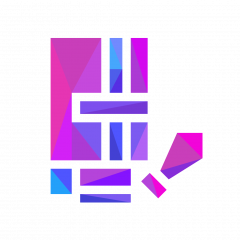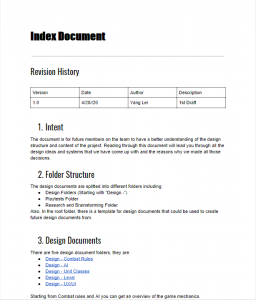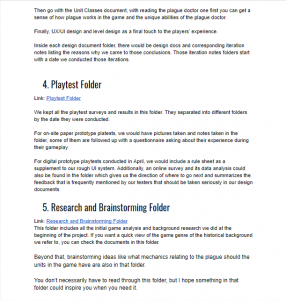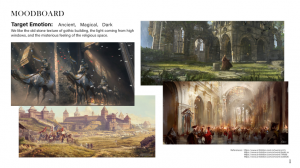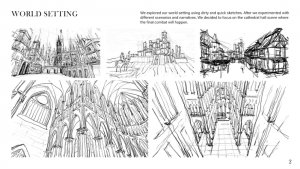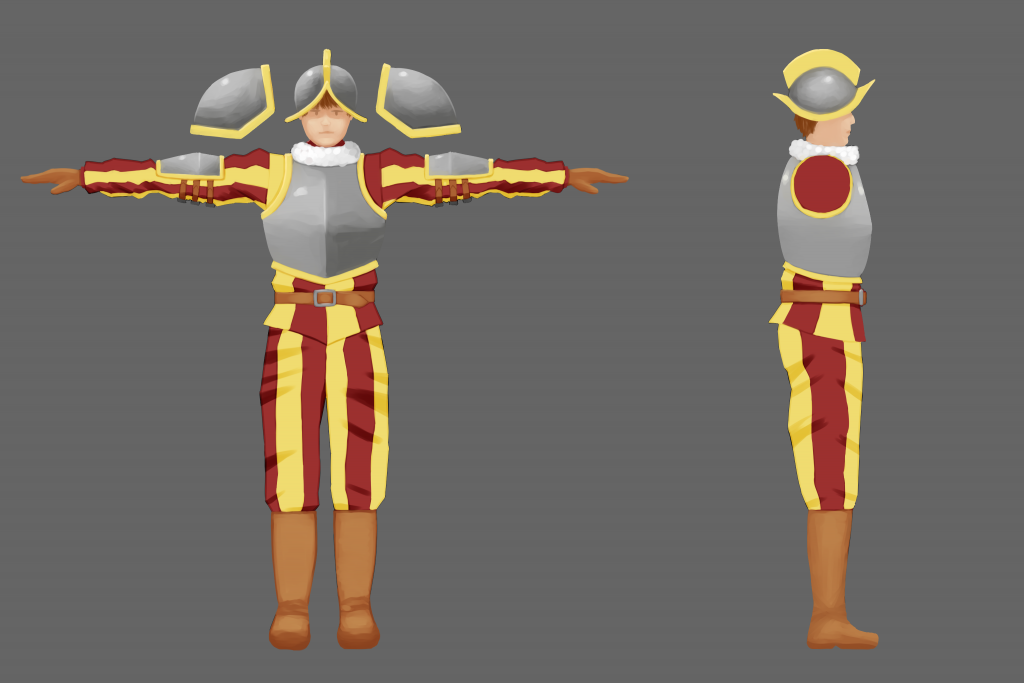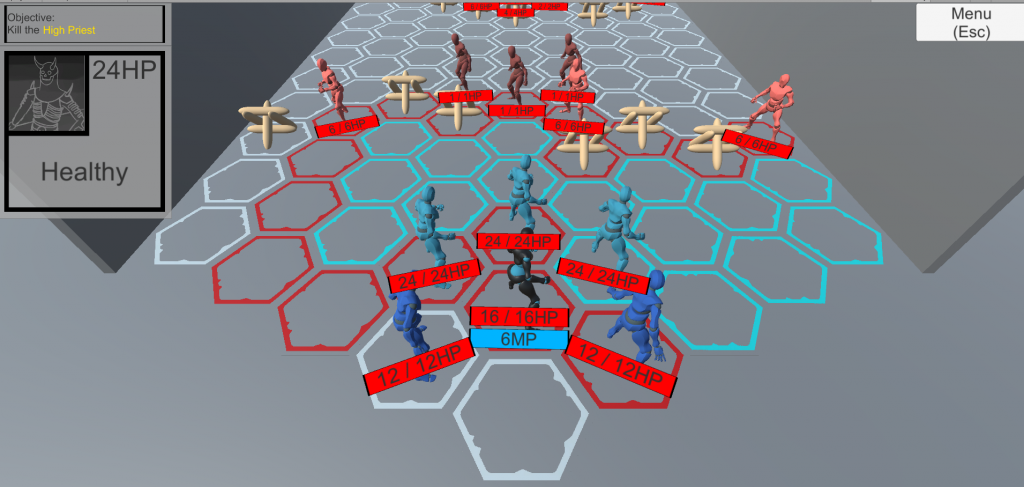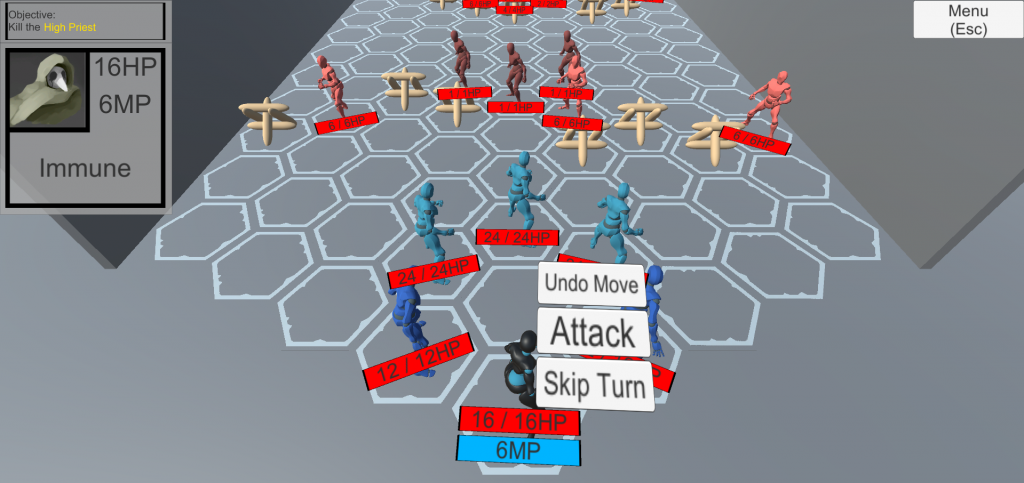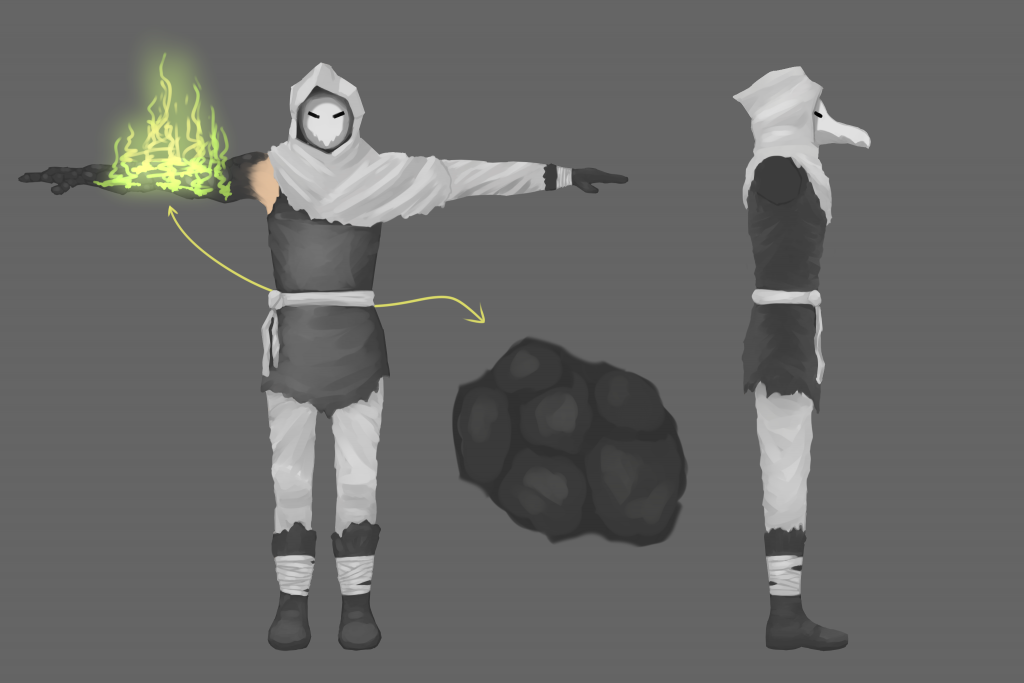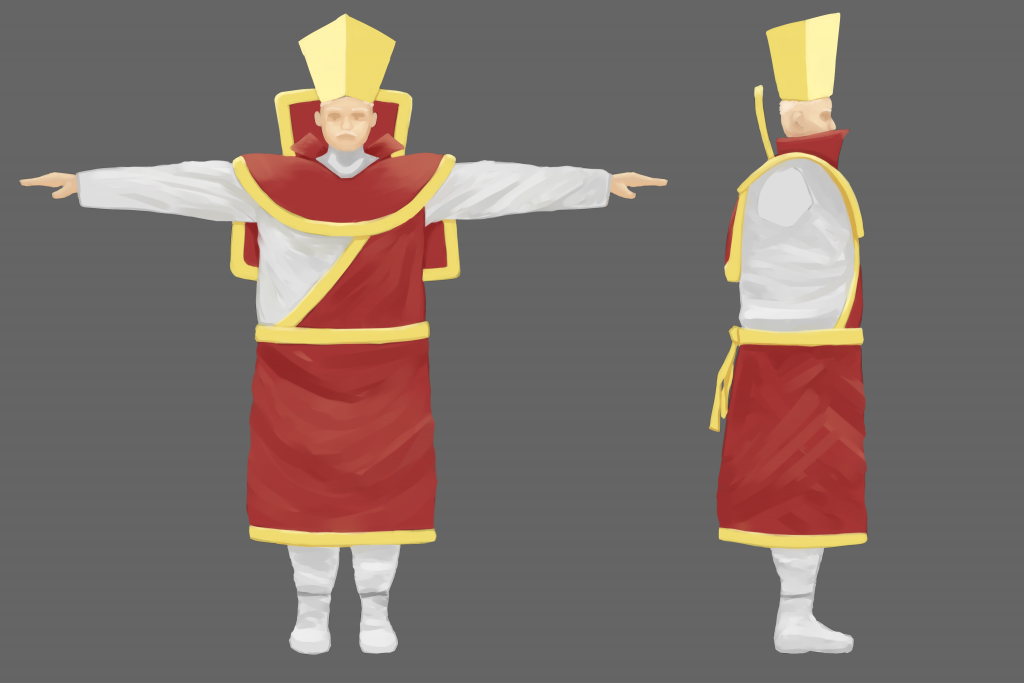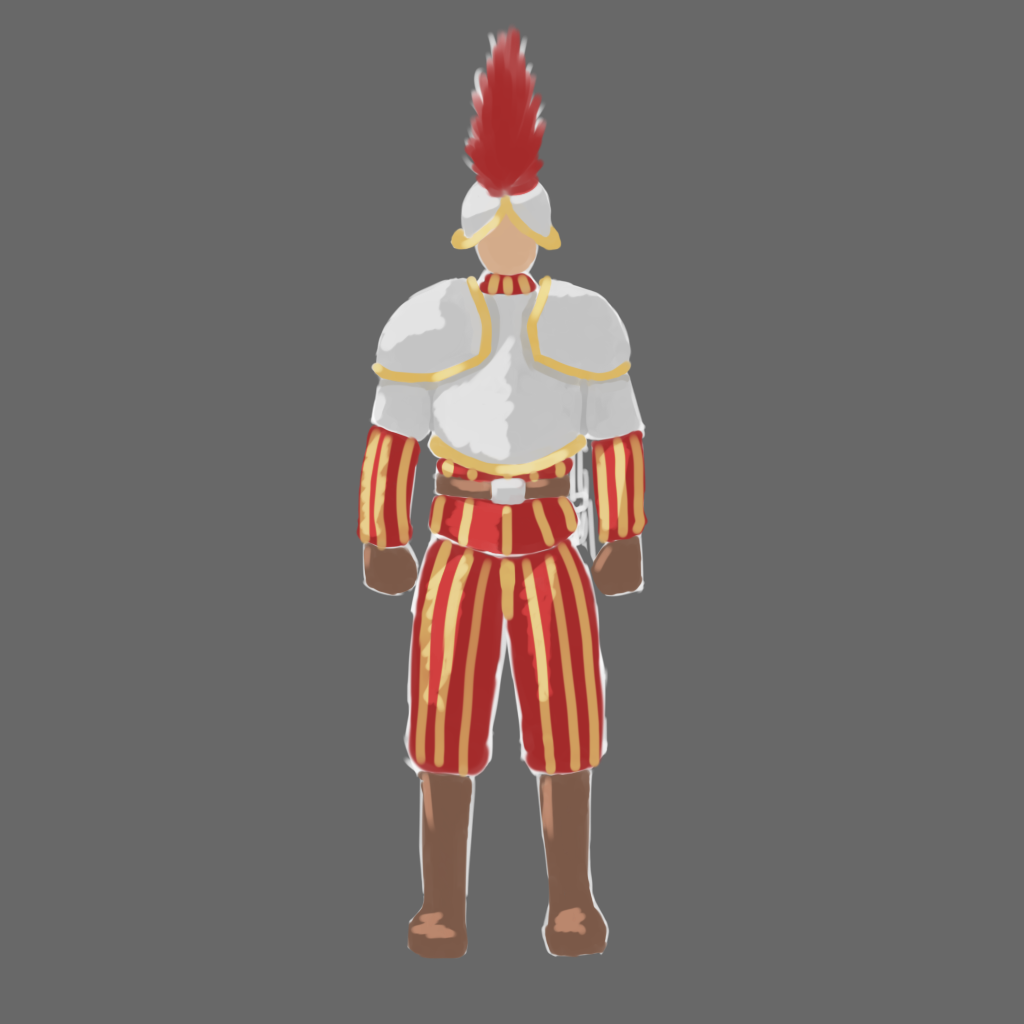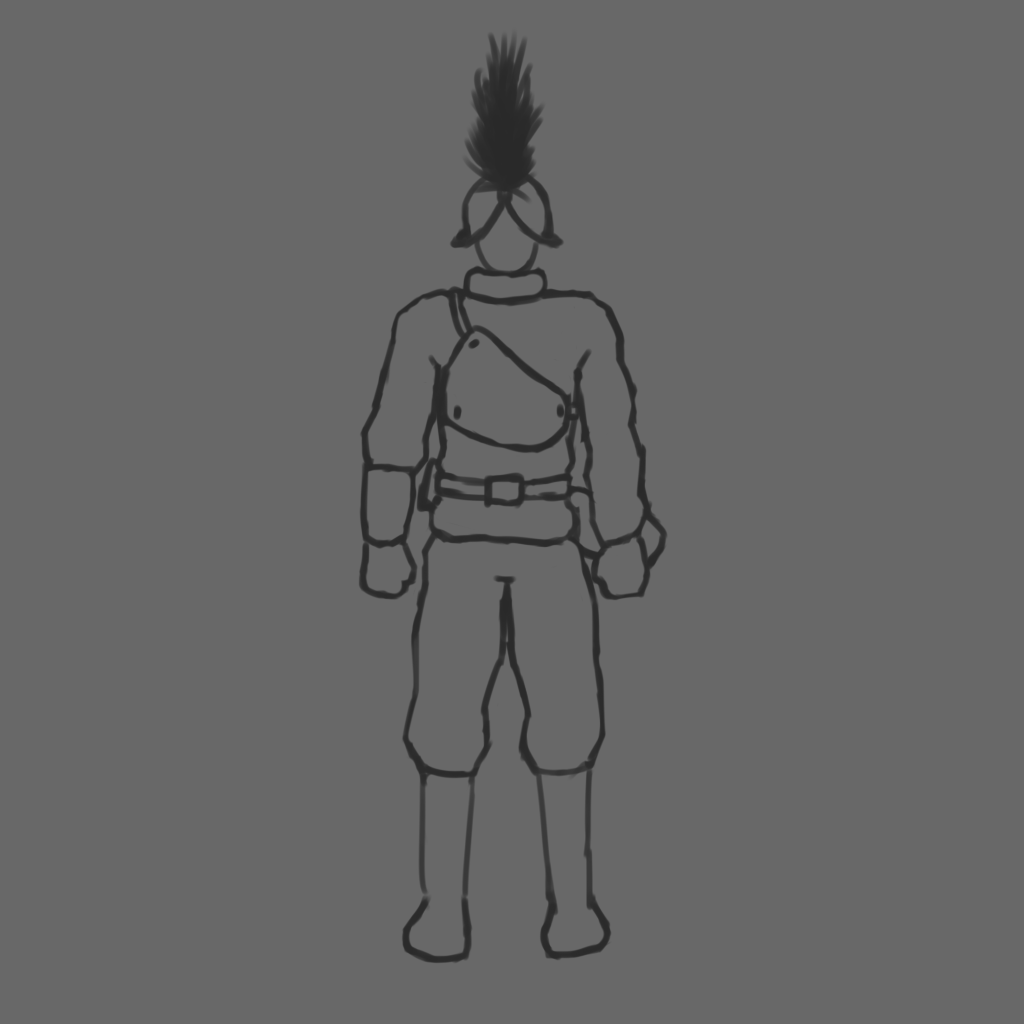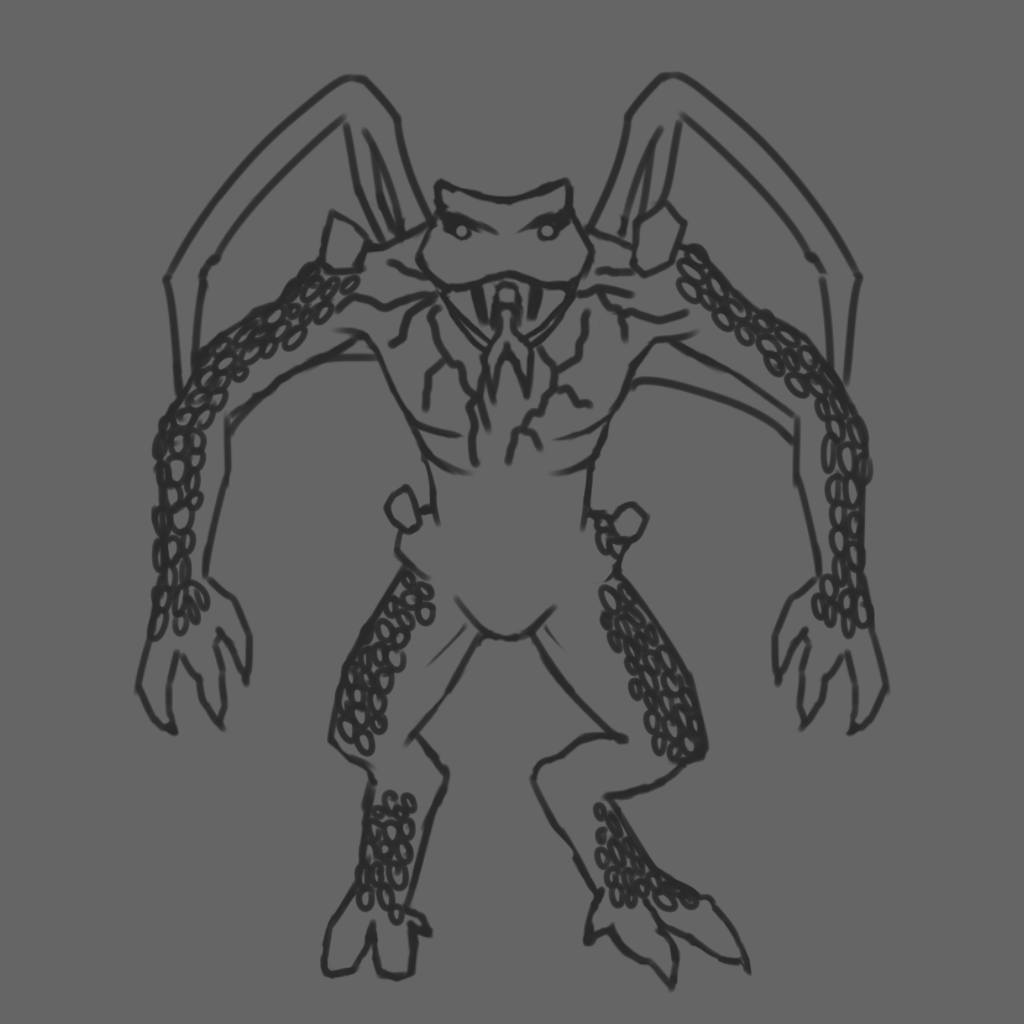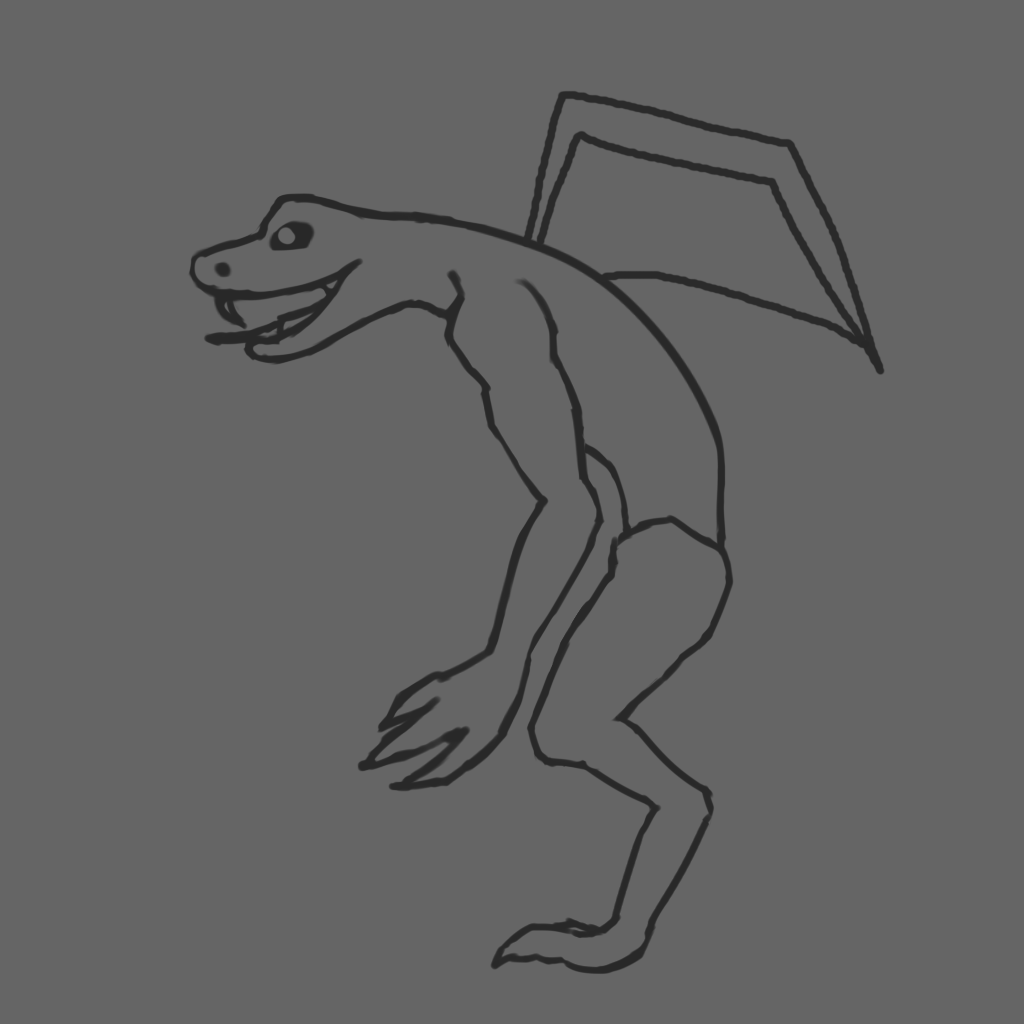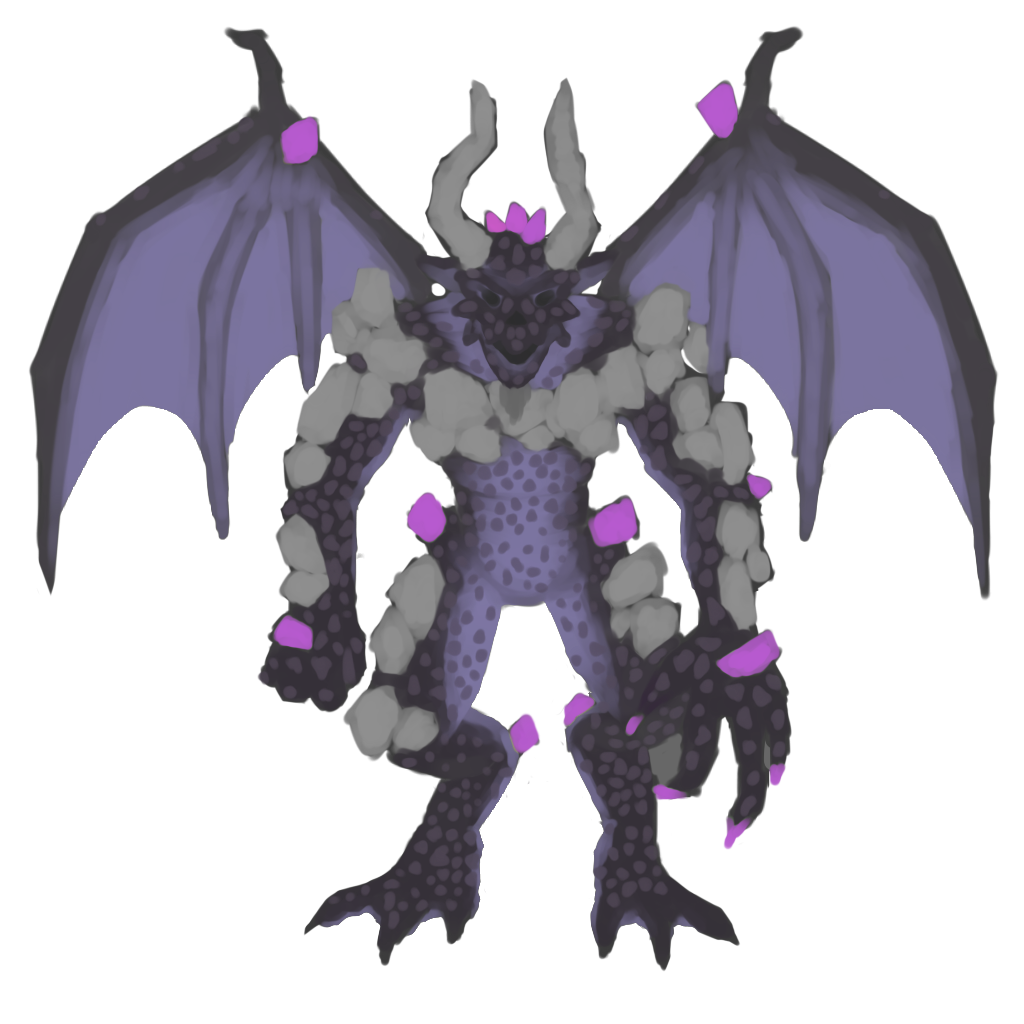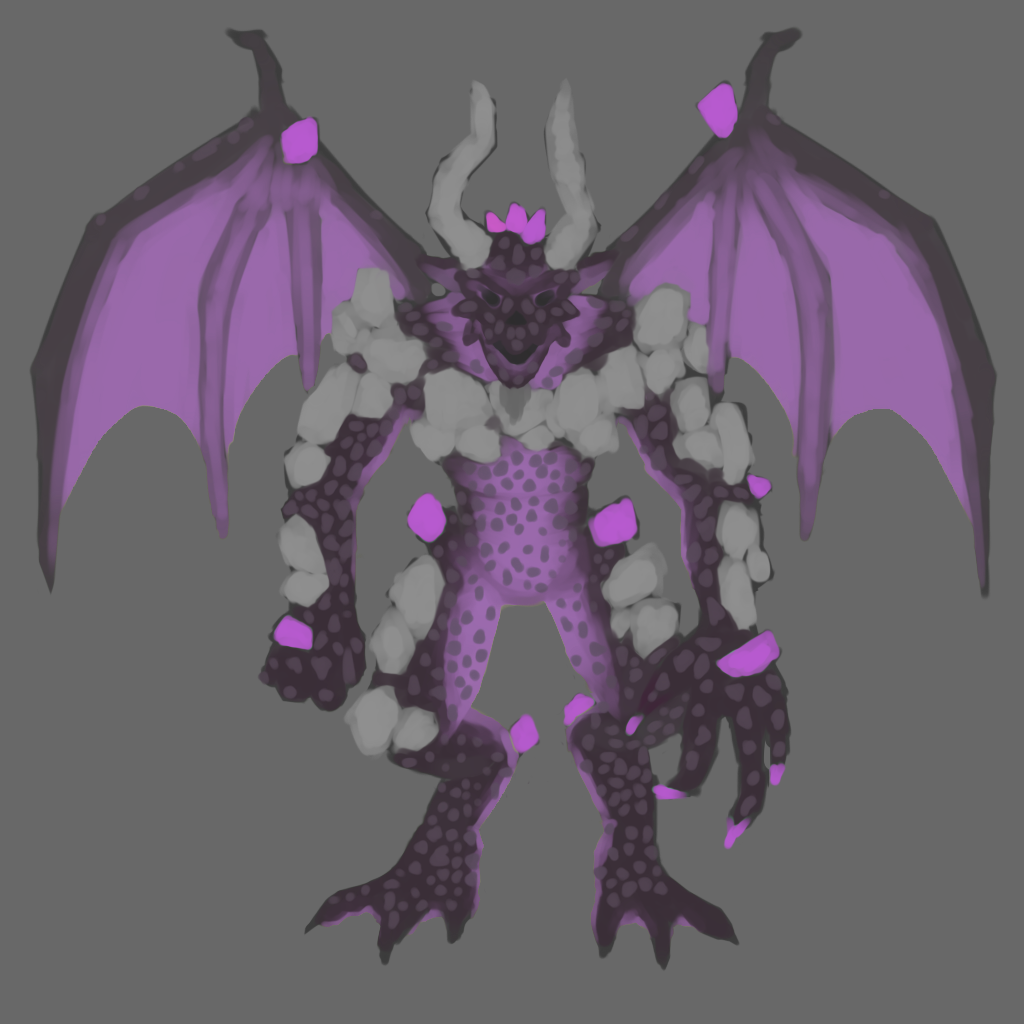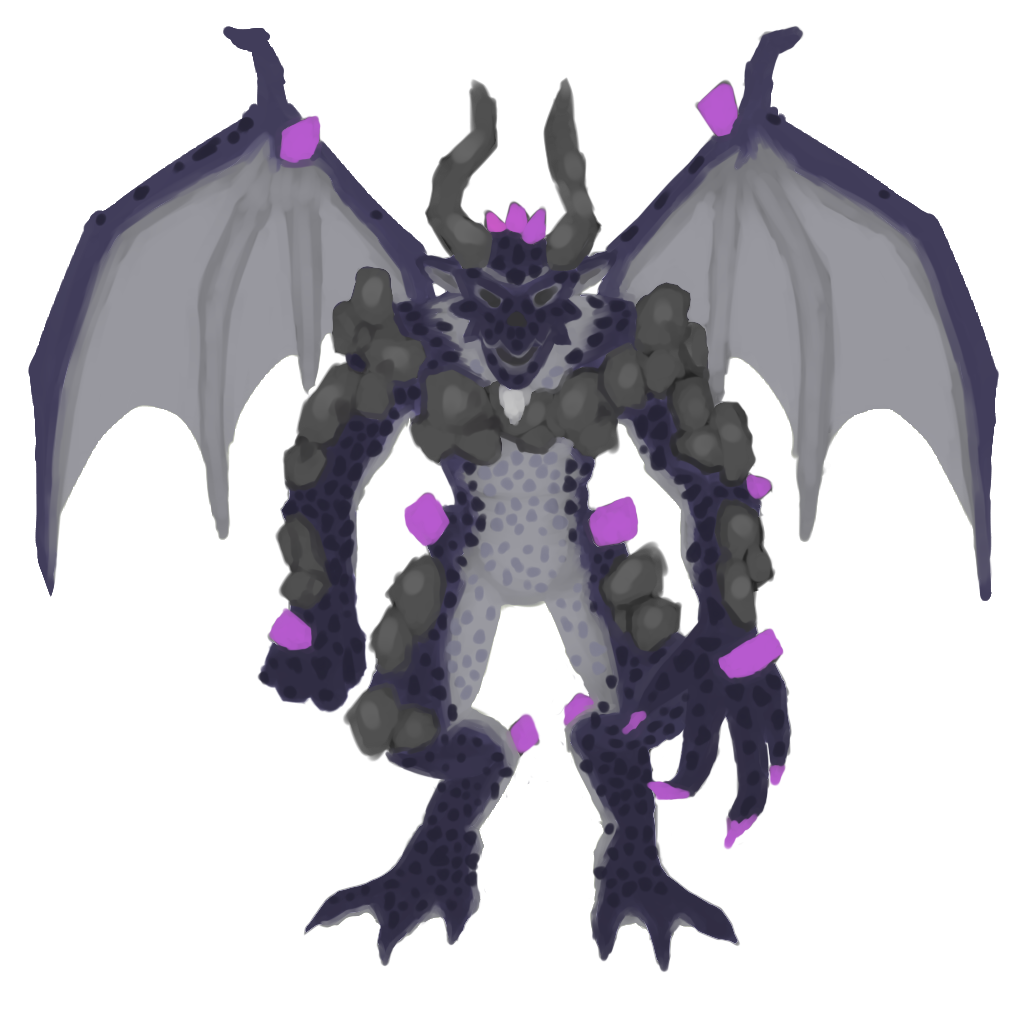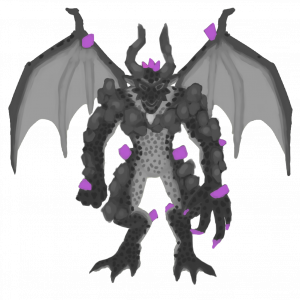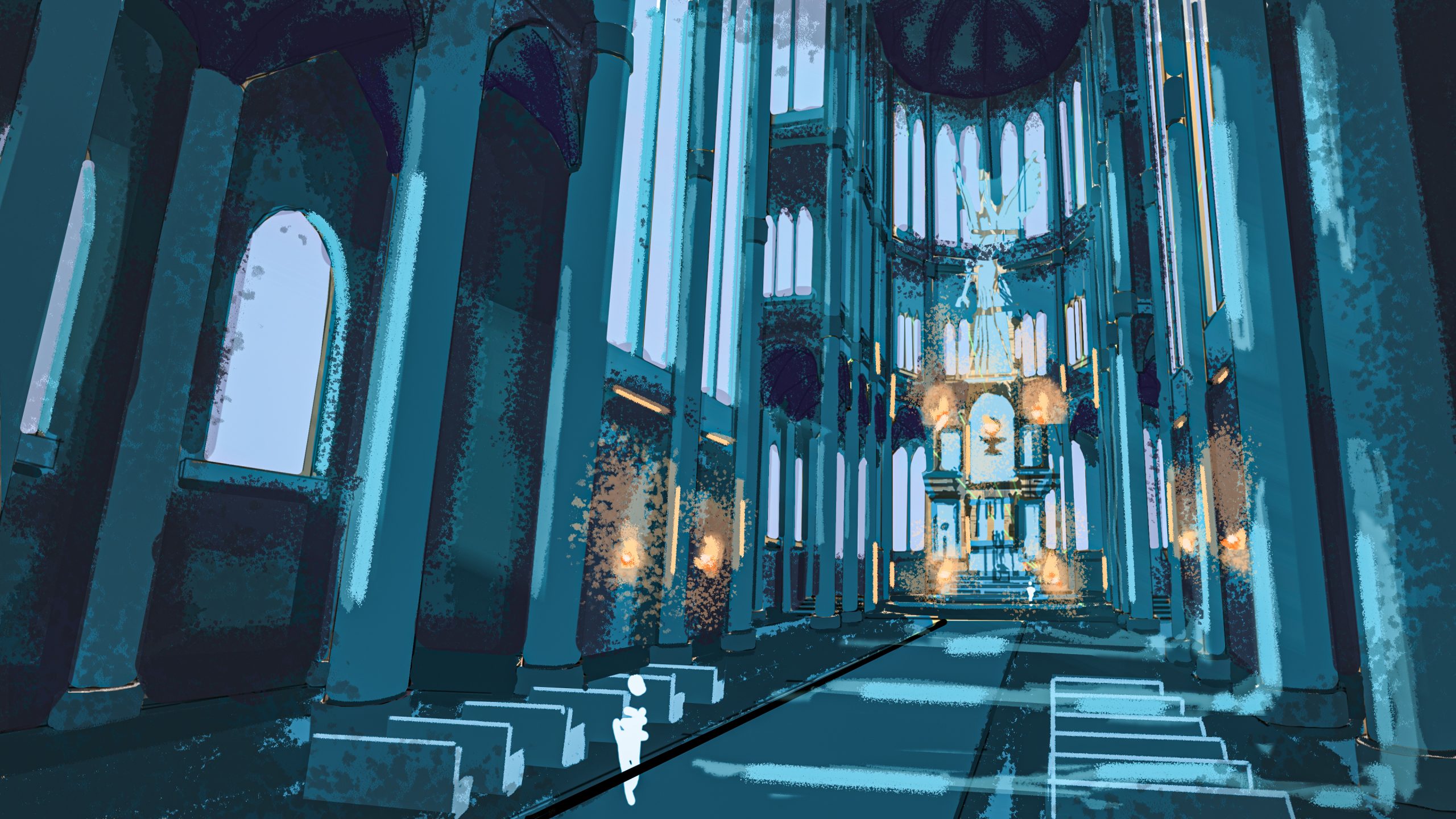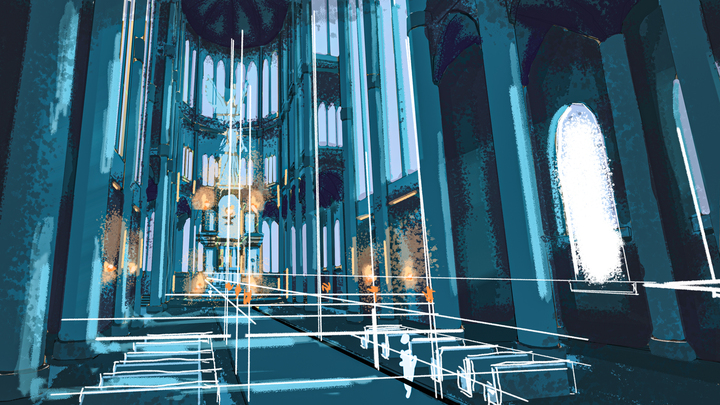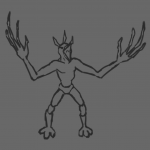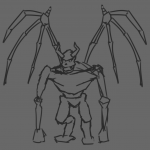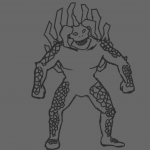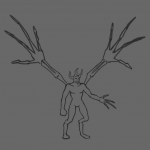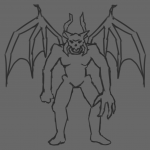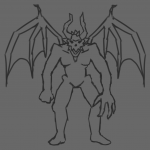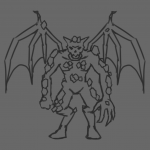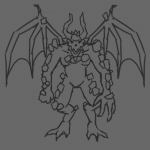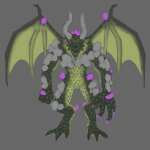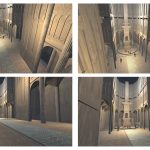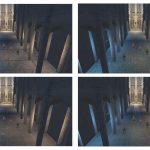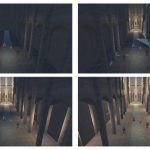Introduction and Overview
This project gave our team the opportunity to experience the processes, deliverables, tensions, joys, and frustrations of working on a game team in the professional world. Instead of a one-semester project, this project begins in the Spring of 2020 and concludes with another team in the Fall of 2020. Our team’s goal this semester is to create a clear and concise pre-production package to hand off for the next team to build. We have built a tactical role-playing game with a unique plague mechanic, loosely based off of the Black Plague pandemic.
You play as a disciple of the Devil who has been given powers of the Plague to take over the world in his name. Your goal is to destroy the High Priest and his followers to secure the Devil’s rule onto Earth, in accordance with the contract you have signed with him that gave you these unholy powers.
We took an iceberg approach to our development, creating a piece of what would be a larger experience. We are focusing on the climax of what would be that full experience, where players will fight against the High Priest to secure the Devil’s rule onto the world.
What Went Well
We all think that the biggest point of success for our team is our transition to remote development. Due to the coronavirus outbreak that swept the nation, all project teams had to switch to remote learning from Spring Break onwards. Due to this transition, acclimating to the new environment was a journey on its own. With that being said, our team did a great job in this transition. Our development cycle was barely affected by this change, and we were able to finish our pre-production package to the degree we initially strove for.
What Could Have Been Better
To quickly address the elephant in the room, the main mechanic of our game has been scrutinized due to the state of the world that we were in during the Spring of 2020. We came up with the idea of controlling the plague as an evil character very early on in our development. Once the coronavirus outbreak took over the nation, we were already well into building the game and designing characters from this idea. We spoke amongst ourselves and to our advisors, and decided to finish what we started. If we were to do this project all over again, we absolutely would have chosen a different setting and game mechanic as to not correlate our game using plague powers to destroy the world with a real-world “plague” that is killing thousands of people.
Among the various missteps we believe that our team has taken in development throughout the semester, they all can basically be condensed into two major points:
-
-
- As a team, we were too conflict averse.
- We approached the Pre-Production process incorrectly.
-
When you initially read the first point, it seems like a possible good aspect of our team dynamic. Conflict between group members is usually seen as a negative for a team. However, this hurt us for several reasons. Our artists had trouble in creating both the characters and environment because the rest of the team had little feedback to give them. Whether it was because we actually liked the direction or it was because we did not want to hurt the artists’ feelings, we almost always gave close to no feedback to them. This also hurt us when discussing our ideas with faculty. Instead of holding true to what we believed would make the game interesting and fun, we usually ended up heading in whatever direction that was recommended to us by them. This ended up mitigating the “exploration” aspect of pre-production for us, inhibiting our ability to support our decisions we made about the game.
The second point, approaching the Pre-Production process incorrectly, is where we believe that we made our biggest mistake. We were given a choice at the beginning of the semester as to whether we wanted our game to be chosen for us, or have us come up with it ourselves. After sitting down to discuss our options, we ended up deciding to make a tactical RPG since all of us had an interest in the genre. In hindsight, this decision was our biggest blunder in the entire semester. Strategy games and role-playing games are two genres that are way out of scope for the time and team size we have.
Our project description mentioned how this whole semester should be an exploration into finding what works and is fun in our game. We came up with the plague being our main mechanic within the first few weeks, but we were unable to begin testing it digitally for much longer. This is because tactics games rely so heavily on several underlying systems that need to be built before we could add anything new and interesting.
It was not until about week 9 (over halfway through the semester) that we added any plague-related mechanics. We were able to easily test out mechanics in a paper prototype quickly, but there are several aspects about playing a physical tactics game over a digital one that cannot be ignored. It is an entirely different experience to playtest a digital tactics game, where some mechanics and rules just simply do not translate well into a digital space. By that point, we essentially lost most of our time to explore. We basically translated to being a development team over pre-production.
As for the RPG side of the game, it is almost completely omitted in our experience. To create an RPG, there needs to be some sort of actual role-playing in the game. With our experience being reduced to playing one level of what would be a larger game, there really was not much room to add that sort of gameplay within the experience. Our earlier ideas included, stats, leveling, choices within the story where players choose sides, etc. All of these were drastically out of scope, and had to be taken out. We made the decision to make the game a simple “Good vs Evil” story for the sake of simplicity. We did not have the time to create the fleshed out, multi-faceted world we originally set out to create.
Lessons Learned
In a pre-production setting with a team of developers that have no expectations set on them about what they should create, we believe that you should not begin with choosing a genre. The tactical RPG genre severely hampered our development, restricting our creative endeavors. Once we decided on our main “mechanic” being plague, we should have focused more on plague-games over a tactics game with a new plague mechanic. We should have been rapid-prototyping a bunch of small games that use the plague in interesting ways, not taking time to build the infrastructure of a genre that may or may not work with our mechanic.
We also learned a lot about the idea of pre-production, both in general and in our specific project setting. Pre-Production is a very loaded term that means something a little different to everyone in the industry. Asking two people about what is most important to work on next during a pre-production phase can easily give you drastically different answers. Instead of looking for specific steps to take, we should have focused more on the exploration side of thinking. We should have taken more time to explore more with the idea we generated. We developed backwards, since we came up with the type of game before the “theme” or “focus” that our game showcases.
Wrapping up this project is essentially compiling all art documentation, design documentation, and our white-box prototype to send off to next semester’s team who will develop the game we have set up for them. While there were several difficulties during our project this semester, the knowledge we have gained about working in a pre-production environment was priceless. The struggles we have faced have taught us how to better react in scenarios like these in the future, making us better developers and collaborators in the process.
